Space Force wants a more detailed picture of what other nations are doing in space
Monday, 08 November 2021 18:59
The U.S. Space Force needs better space situational awareness to understand what rivals are doing in orbit, said Lt. Gen. Nina Armagno at the ASCEND 2021 conference.
Astronaut crew prepares to return to Earth
Monday, 08 November 2021 16:20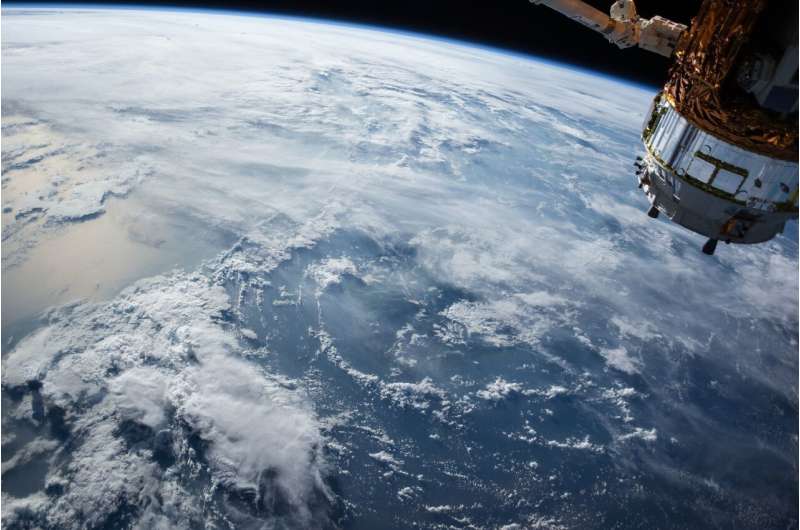
Four astronauts were preparing to leave the International Space Station and head back to Earth on Monday after spending six busy months aboard the orbital outpost.
The Crew-2 mission, which includes two Americans, a Frenchman and one Japanese astronaut, have been living and working on the space lab since April 24, carrying out hundreds of experiments and upgrading the station's solar panels.
They are now set to board their SpaceX Dragon capsule named "Endeavour" and undock from the ISS at 2:05 pm US Eastern Time (1905 GMT) before splashing down off the coast of Florida at 10:33 pm (0333 GMT Tuesday). NASA will provide a livestream.
"Last minute packing, getting ready to depart ISS," tweeted Japan's Akihiko Hoshide.
"It has been a fun 6+ months—pleasure and honor working with ALL the incredible people from around the world, both on & off the planet."
Their activities have included documenting the planet's surface to record human-caused changes and natural events, growing chile peppers and studying worms to better understand human health changes in space.
Crew-2's departure was delayed a day by high winds.
Dragon Endeavour tour
Monday, 08 November 2021 16:00 Video:
00:01:45
Video:
00:01:45
ESA astronaut Thomas Pesquet is sharing scenes from life on board the International Space Station during his second mission “Alpha”. Here he gives a quick tour of the SpaceX Cargo Dragon Endeavour that brought him to the Space Station together with JAXA astronaut Aki Hoshide and NASA astronauts Shane Kimbrough and Megan McArthur. The same astronauts, Crew-2, will use the spacecraft to return home after undocking with the Station and fly to Earth for a splashdown off the coast of Florida, USA.
Over 200 experiments are planned during Thomas’ time in space, with 40 European ones and 12
Op-ed | Don’t let hackers follow us to space
Monday, 08 November 2021 14:49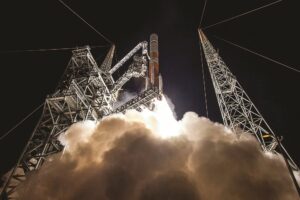
With new moves into space, there is the risk that we will take our Earthbound cyber vulnerabilities with us into orbit.
Satellites for safer seas… and a safer world!
Monday, 08 November 2021 14:00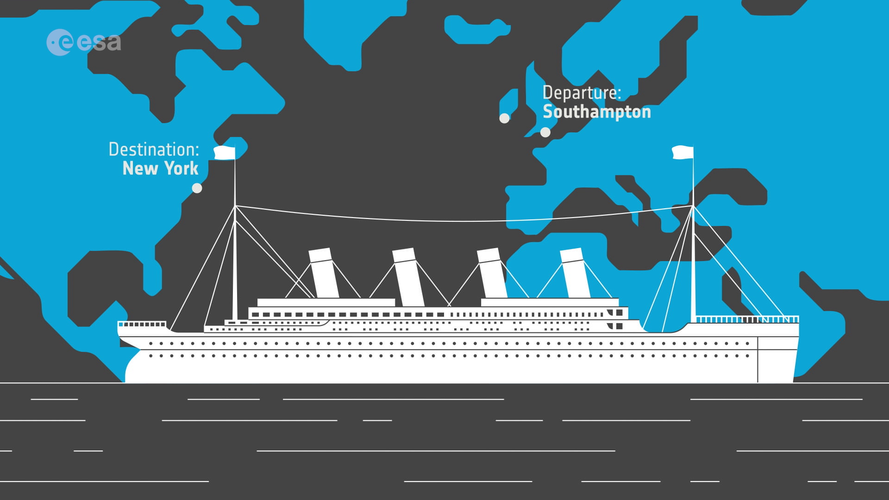 Video:
00:02:43
Video:
00:02:43
What if the Titanic had help from satellites? Its journey would likely have ended completely differently.
We live in an ever-changing world; the shipping industry still faces the old dangers, but today also encounters risks due to climate change as well as incentives to become greener.
Fortunately ships today have satellite support. Satellites designed for science, weather monitoring, Earth observation, navigation and communication serve our security needs on a daily basis. Not only in the ocean, but worldwide, in any situation.
From fighting organised crime to monitoring climate change. From establishing worldwide food security to ensuring aviation safety. Global challenges
Viasat buying Inmarsat in $7.3 billion deal
Monday, 08 November 2021 12:34
Viasat has agreed to buy British satellite fleet operator Inmarsat in a $7.3 billion deal to expand its broadband network globally in multiple orbits and spectrum bands.
Space tracking startup Privateer hires Jah as chief scientific adviser
Monday, 08 November 2021 11:23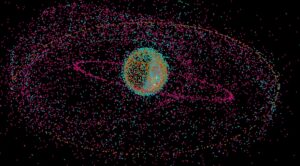
A space sustainability startup still largely in stealth mode has hired a leading “space environmentalist” as its chief scientific adviser as it develops satellites to track objects in orbit.
Astronaut becomes first Chinese woman to spacewalk
Monday, 08 November 2021 09:44 Astronaut Wang Yaping became the first Chinese woman to walk in space, authorities said Monday, as her team completed a six-hour stint outside the Tiangong space station as part of its ongoing construction.
Tiangong - meaning "heavenly palace" - is the latest achievement in China's drive to become a major space power, after landing a rover on Mars and sending probes to the Moon.
Its co
Astronaut Wang Yaping became the first Chinese woman to walk in space, authorities said Monday, as her team completed a six-hour stint outside the Tiangong space station as part of its ongoing construction.
Tiangong - meaning "heavenly palace" - is the latest achievement in China's drive to become a major space power, after landing a rover on Mars and sending probes to the Moon.
Its co High winds delay ISS astronauts' return to Earth
Monday, 08 November 2021 09:44 A capsule carrying four astronauts home will leave the International Space Station on Monday rather than Sunday, NASA said, blaming high winds at the landing site for the delay.
The group including France's Thomas Pesquet, Japan's Akihiko Hoshide and US spacefarers Shane Kimbrough and Megan McArthur will undock at 1905 GMT on Monday.
"Due to high winds near the splashdown zone, the Crew-
A capsule carrying four astronauts home will leave the International Space Station on Monday rather than Sunday, NASA said, blaming high winds at the landing site for the delay.
The group including France's Thomas Pesquet, Japan's Akihiko Hoshide and US spacefarers Shane Kimbrough and Megan McArthur will undock at 1905 GMT on Monday.
"Due to high winds near the splashdown zone, the Crew- Thomas returns to Earth – watch live
Monday, 08 November 2021 09:01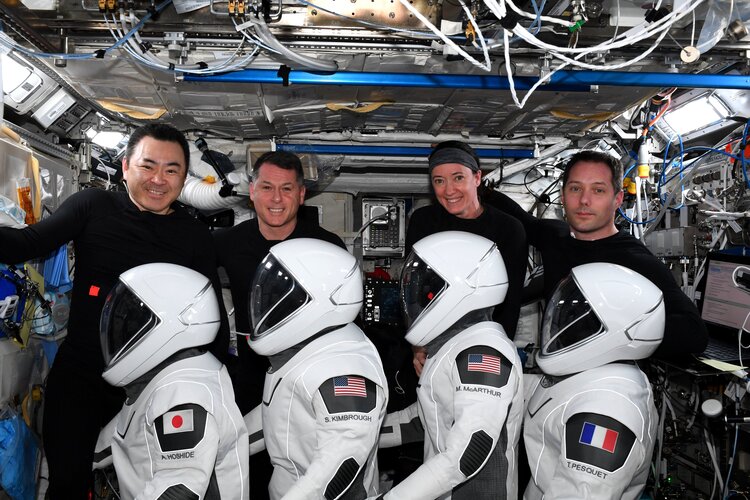
After almost 200 days in space it is time to return to planet Earth for ESA astronaut Thomas Pesquet, JAXA astronaut Aki Hoshide and NASA astronauts Shane Kimbrough and Megan McArthur.
China's 1st woman to spacewalk works 6 hours outside station
Monday, 08 November 2021 08:34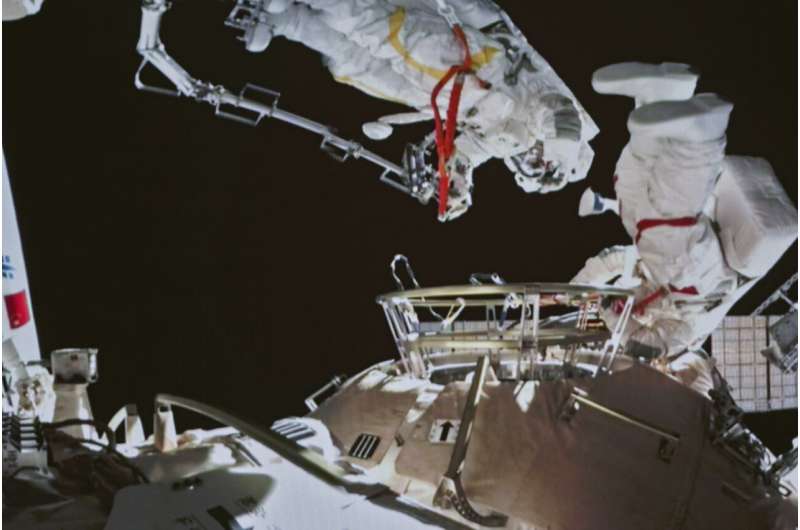
High wind delays SpaceX crew homecoming after 6 months aloft
Monday, 08 November 2021 08:33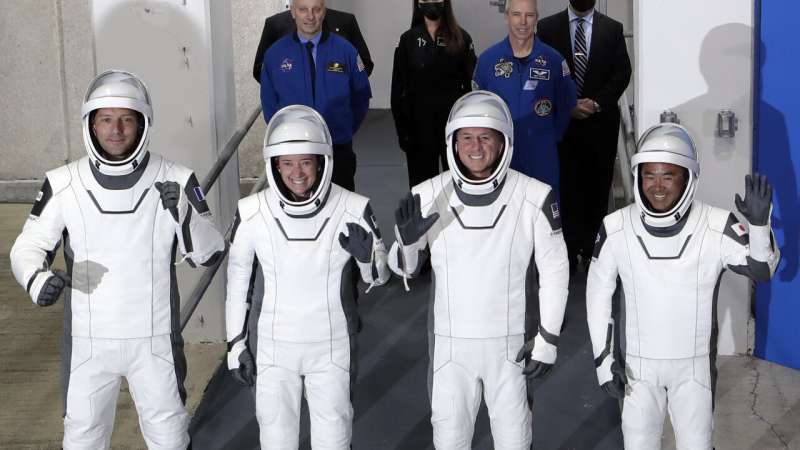
Stars and solar panels from Space Station
Sunday, 07 November 2021 20:00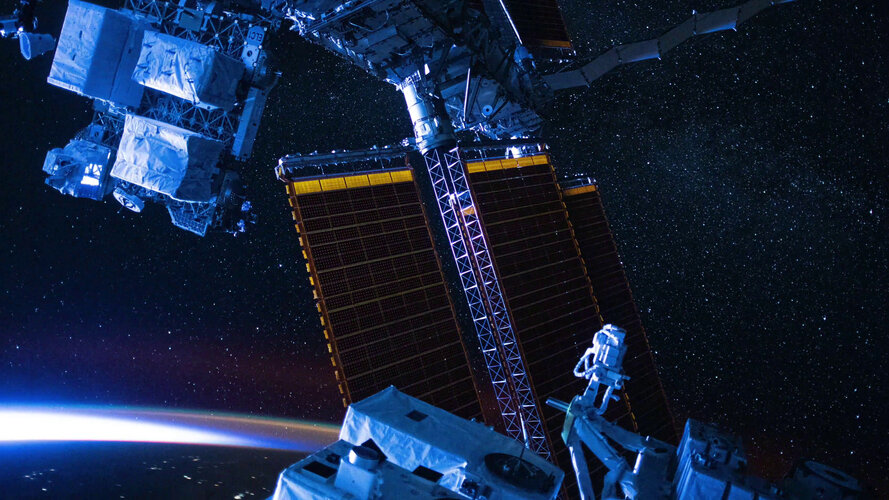 Video:
00:00:47
Video:
00:00:47
Timelapse video made during ESA astronaut Thomas Pesquet’s second mission to the International Space Station, “Alpha”. The camera is setup to take pictures at intervals of two a second, and the pictures are then edited into this video that plays at 25 pictures a second. The camera was setup in the Japanese Kibo module and shows the solar arrays moving as they prepare to track the Sun when the Space Station flies back into sunlight. The new IROSA solar array upgrades can be seen that Thomas and NASA astronaut Shane Kimbrough installed over the course of three
Space Station tour with your guide Thomas, in 4K (in French with subtitles)
Sunday, 07 November 2021 16:00 Video:
00:24:50
Video:
00:24:50
JoinESA astronaut Thomas Pesquet on a tour of the International Space Station. On his second space mission Alpha, Thomas flew to space from Florida, USA, as part of Crew-2 in the SpaceX Crew Dragon Endeavour together with NASA astronauts Megan McArthur, Shane Kimbrough and JAXA astronaut Aki Hoshide
In this guided tour, a first shot in 4K, Thomas takes you through the modules of the International Space Station including the Dragon. Recorded in October 2021 the Space Station had just seen the departure of Soyuz MS-18 and the relocation of a Progress supply spacecraft. On board where also NASA
